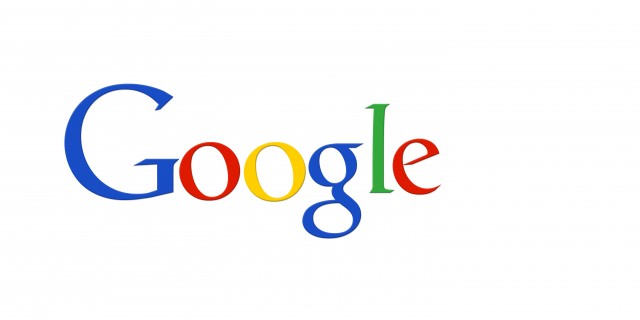
Google has been making further inroads into improving accessibility for vision impaired users across their product range of late. Beginning last year with changes introduced in Android 5.0 (Lollipop). Google recently released two Chrome extensions which have furthered this and have now released another – High Contrast – to add to this list.
Earlier this month, Google released their Animation Policy and Colour Enhancer extensions which gave more control to vision impaired users and in Android 5.0, released last year, Google added improved Accessibility Options which include High Contrast Text, Colour Inversion and Colour Correction, which improved access for people with colour blindness, as well as ‘low-vision’.
With a high saturation rate of usage in browser and mobile OS usage in first world countries, Google, as well as other companies have been has been looking towards ‘the next 5 billion’, the catch-all term used to define emerging markets. Google launched their Android One platform at Google I/O last year to provide lower-priced mobile hardware to those users – something the Chromebook platform also looks to incorporate.
With 285 million people estimated to be visually impaired worldwide according to the World Health Organisation, of which 39 million are blind and 246 live with ‘low vision’ and an estimated 90% of these people living in low-income settings such as these emerging markets, the decision to provide more accessibility options in their products is a natural progression for Google.
The new Chrome extension, called High Contrast, offers vision impaired users options to view web pages in a variety of different colour schemes, including Grey scale, inverted or inverted grey scale, increased contrast or Yellow on Black.
Unlike previous Chrome extensions released by the Accessibility team recently, the changes offered by the Chrome extension offer vision impaired users options to apply this change on a per website basis, or for all sites viewed.
The High Contrast extension changes almost all elements of the page – with the exception of photographs. High Contrast will also not affect built-in webpages such as the New Tab page, as well as settings and various chrome://xxxxx pages (chrome://flags/, chrome://extensions/ etc. )
With Google I/O a mere eleven days away, we expect to see announcements on Android M, as well as Chrome and new products, so we may see further attempts from Google to add more accessibility functions.












